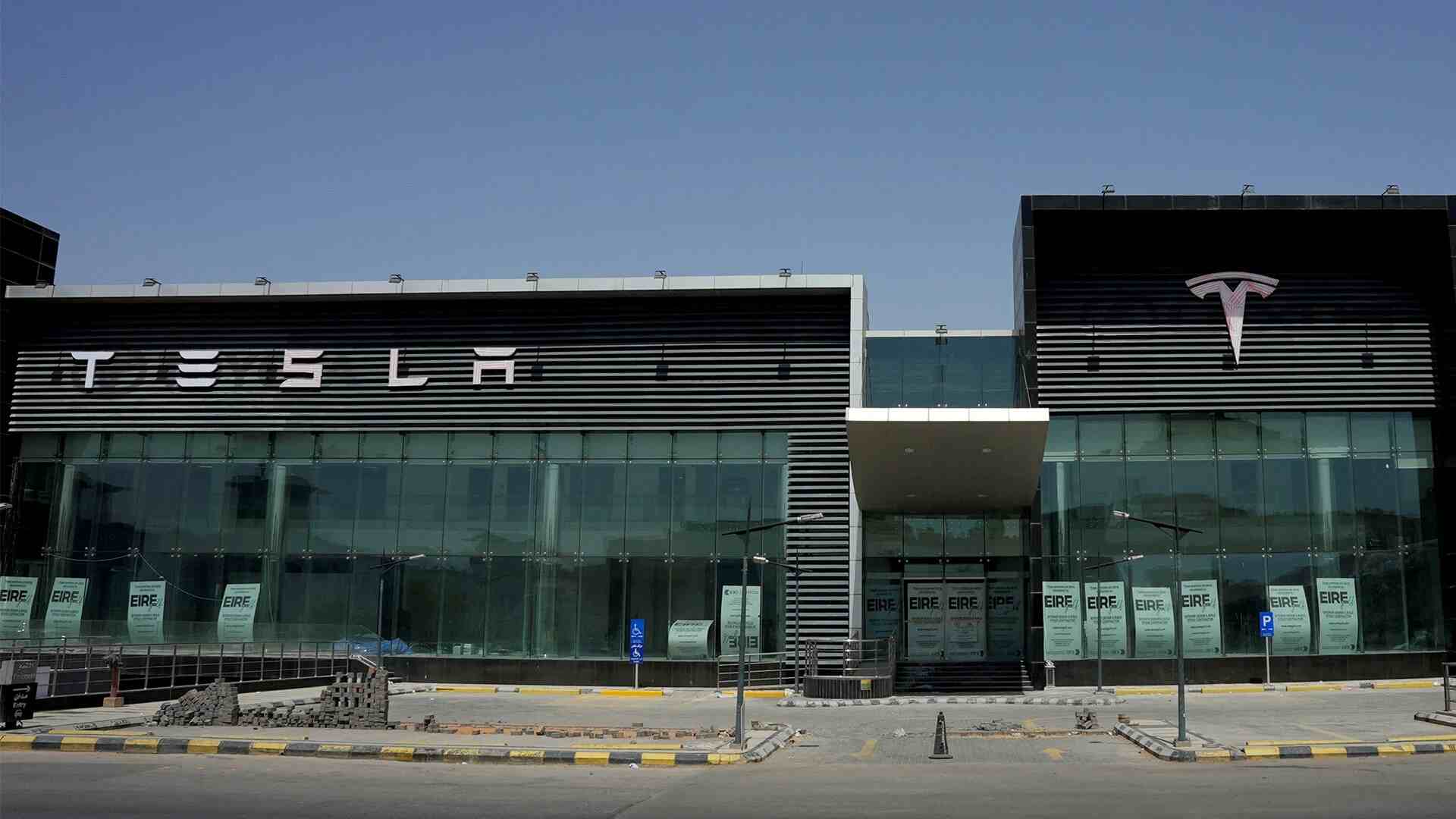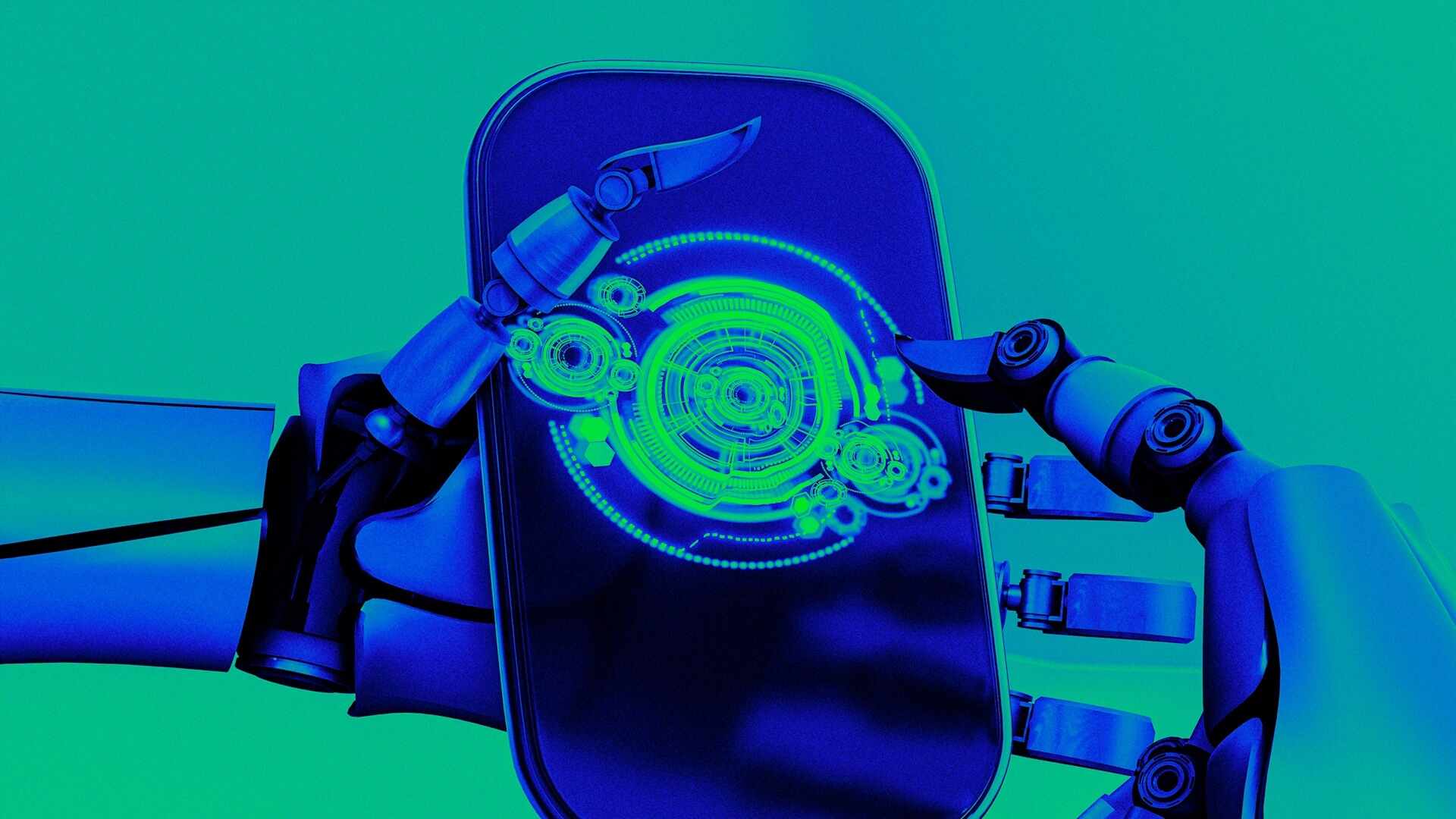- | 8:00 am
Tesla arrives in Saudi Arabia—but charging stations remain in short supply
Saudi Arabia has a severe lack of charging stations and summer temperatures that quickly drain EV batteries.

Tesla starts selling cars in Saudi Arabia, entering a market where EV infrastructure is still in its early stages. On the 900-kilometre (559-mile) stretch of highway between Riyadh and Mecca, for instance, there are currently no charging stations.
Electric vehicle sales in the Kingdom totaled just 2,000 last year, according to Telemetry analyst Sam Abuelsamid. Saudi Arabia has ambitious plans for EVs, but Tesla has yet to make inroads in the market—partly due to past tensions between its CEO Elon Musk and the Kingdom’s Public Investment Fund dating back to 2018. A new political landscape has given Musk an opportunity to change that.
Relations between Riyadh and Musk appear to have warmed in recent years, particularly as Musk has taken on a more prominent role in U.S. political and policy circles, and advocated for streamlined government operations.
In a diplomatic win for Riyadh, Trump is expected to visit Saudi Arabia in the coming weeks for his first foreign trip. In January, he encouraged the Kingdom to invest over $1 trillion in the U.S. economy over four years, including in defense and other sectors.
“Plenty of business people are thinking about how to position their firms around President Trump’s anticipated visit to the Gulf,” said Robert Mogielnicki, senior resident scholar at the Arab Gulf States Institute in Washington. “I suspect Tesla wants to firmly plant their flag in the Saudi market before President Trump’s visit and then try to capitalize on momentum thereafter.”
MISSING OUT
Musk could do with a boost.
Tesla posted a 13% drop in first-quarter sales earlier this month, its weakest performance in nearly three years, driven by a backlash against Musk’s politics, rising competition, and delays for a Model Y refresh.
But Musk’s relationship with Saudi Arabia remains complicated following earlier differences with PIF Governor Yasir Al-Rumayyan.
He has yet to tap into the billions Riyadh is investing through its Vision 2030 program to diversify the economy beyond oil. The Kingdom is allocating an estimated $39 billion to develop its electric vehicle sector, according to a 2024 report by PwC.
Tesla’s entry into the Saudi market also trails that of Chinese EV giant BYD, which opened its Riyadh showroom in May 2024.
CHALLENGES
Now that Tesla has entered the Saudi market, it faces a range of challenges. Among them are the limited availability of charging infrastructure and the extreme summer temperatures—often exceeding 50 degrees Celsius (122 degrees Fahrenheit)—which can significantly reduce battery efficiency.
As of 2024, Saudi Arabia had just 101 EV charging stations, compared to 261 in the neighboring United Arab Emirates, a country with roughly a third of the population, according to data from Statista based on Electromaps.
Most are in major cities, making long journeys across desert highways unfeasible.
“I think charging is probably one of the main, if not the main, point of concern,” said Carlos Montenegro, BYD’s general manager in Saudi Arabia, adding that Saudi drivers clock up many more kilometers each year than in other markets.
Around 70% of the cars BYD sells in Saudi Arabia are hybrids rather than pure EVs, Montenegro said.
Fahd Abdulrahman, a Saudi browsing at BYD’s Riyadh showroom, said driving range was his major concern about buying an EV. “I drive a lot, my average is more than 50,000 km (per year). I am afraid that an EV would not serve for that.”
Yet Riyadh has ambitious development plans, including a target for electric vehicles to make up 30% of all cars on the road by 2030. To support this, it launched the Electric Vehicle Infrastructure Company, which aims to increase the number of charging stations to 5,000 by the end of the decade—50 times the current count.
“EV adoption (in Saudi Arabia) will likely remain below leading countries, such as China, but could still see growth in the coming years,” said Seth Goldstein, equity strategist at Morningstar. “I see growing EV demand as more fast chargers are built and affordable long-range EVs enter the market.”
—Pesha Magid and Manya Saini, Reuters






































